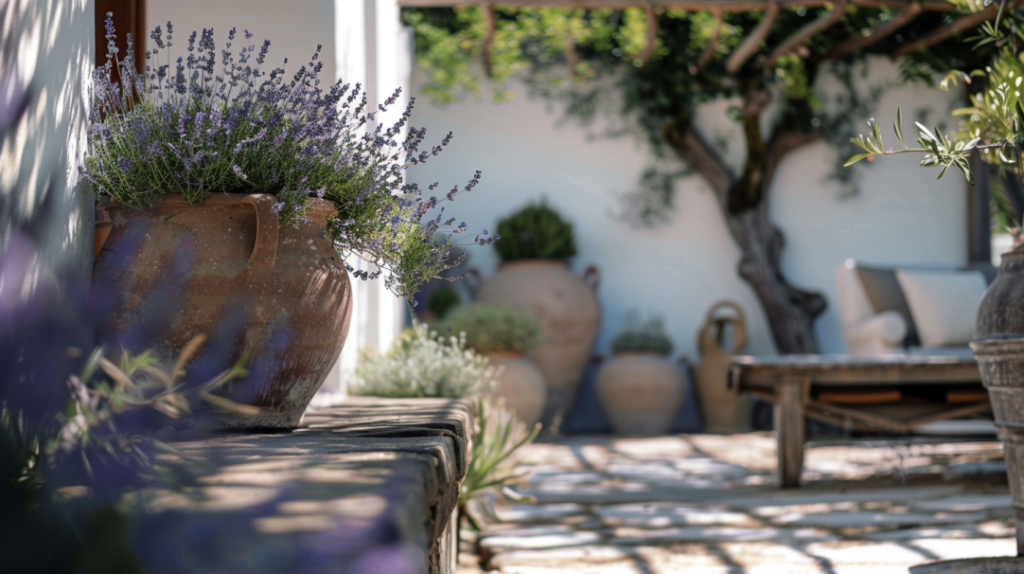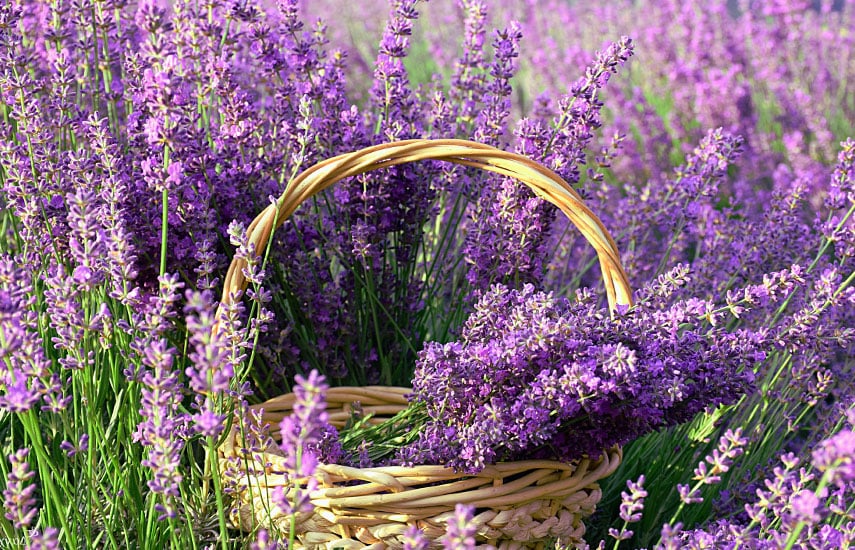Physical Address
304 North Cardinal St.
Dorchester Center, MA 02124
Physical Address
304 North Cardinal St.
Dorchester Center, MA 02124


Able to convey the soul of the Mediterranean to your backyard?
Uncover wild thyme seeds, starter vegetation, and soil mixes fastidiously chosen for dry, sun-loving herbs:

Able to convey the soul of the Mediterranean to your backyard?
Uncover wild thyme seeds, starter vegetation, and soil mixes fastidiously chosen for dry, sun-loving herbs:

Able to convey the soul of the Mediterranean to your backyard?
Uncover wild thyme seeds, starter vegetation, and soil mixes fastidiously chosen for dry, sun-loving herbs:
Serious about rising lavender? Cease considering. Begin doing. It’s not some legendary unicorn of the herb backyard, demanding sacrificial choices and a PhD in botany. It’s a tricky, sun-worshipping Mediterranean native that thrives on neglect greater than your common succulent.(means a succulent desert plant that shops water in its leaves/stems and likes minimal care (cacti, aloe, haworthia, echeveria) However oh, get it improper, and also you’ll be left with a tragic, gray, woody stump that smells faintly of remorse. Let’s lower via the fluffy gardening recommendation and get actual about cultivating these intoxicating purple spikes. Take into account this your no-BS roadmap to lavender glory.

Daylight is Non-Negotiable: Six to eight hours of direct, unfiltered solar. Day by day. Assume Greek island, not English basement flat. Much less solar = leggy disappointment.
Soil: Drain or Die: Heavy, moist soil is lavender’s executioner. It craves lean, imply, gritty, well-draining soil – sandy or gravelly is right. Amend clay like your plant’s life depends upon it (it does).
Water: Robust Love Wins: Child it whereas younger. As soon as established? Again off. Let the soil dry out fully between waterings. Overwatering is the silent killer, a soggy loss of life sentence.
Prune or Perish: Skip the annual haircut, and also you get a woody, sprawling mess with fewer blooms. Prune after flowering and once more in early spring. Be courageous.
Humidity is the Enemy: Good air circulation is essential. Excessive humidity + poor airflow = fungal nightmares (taking a look at you, powdery mildew).
Critically, cease pretending that shady nook by the storage will do. Lavender would not like solar; it calls for it. Six to eight hours of direct, blazing, soul-warming daylight. Minimal. Something much less is like serving a sommelier low cost plonk – insulting and assured to underwhelm. Much less solar equals a plant stretching desperately in direction of the sunshine, changing into leggy, weak, and producing fewer flowers than a plastic bouquet. In case your chosen spot will get lower than a full day’s solar? Abort mission. Discover a sunnier location, or embrace container gardening so you possibly can chase these rays like a lavender paparazzo. Extra solar = extra blooms, extra perfume, extra plant pleasure. It’s that easy.
That is the place most desires of lavender fields wither and die. Lavender’s roots despise being moist. They should breathe. Think about forcing it to dwell with perpetually damp socks – that’s heavy clay soil to a lavender plant. Loss of life by root rot is sluggish, ugly, and fully preventable.

Selecting lavender is much less like selecting a paint swatch and extra like deciding on a canine breed. You wouldn’t get a Husky for an Arizona condo, proper? Similar logic applies. Some lavenders are divas; others are stoic survivors. Select correctly, or put together for heartbreak.


Need predictability? Skip the seeds (they’re sluggish and fickle). Purchase particular cultivars grown from cuttings. Respected nurseries usually take orders in fall for spring planting. Plan forward like the trendy gardener you might be.
You’ve acquired your plant. Now, don’t kill it in transit. Planting lavender is not rocket science, but it surely requires surgical precision on the subject of drainage and depth. Get it improper in the beginning, and also you’re preventing a dropping battle.
Important Lavender Care: Water, Feed, Prune (Principally Prune)
Overlook fixed coddling. Lavender thrives on benign neglect, punctuated by moments of decisive motion. It’s the final word low-drama plant… in the event you comply with the principles
Watering is the artwork of calculated neglect. Newbies within the first season ought to water commonly, retaining the soil barely moist—assume damp sponge, not moist mop—whereas roots set up. Don’t drown it. As soon as the plant is established in 12 months two and past, that is the place you earn your lavender stripes. Let the soil dry out fully between waterings. Stick your finger in: bone dry an inch or two down? Then water deeply, and overlook about it once more. Rain is normally adequate in lots of climates. Containers dry out quicker, so examine extra usually, however nonetheless allow them to dry totally. Terracotta pots are MVPs for wicking moisture. Bear in mind: underwatering stresses it; overwatering murders it. Select stress.
Feeding? Simply don’t. Critically. Lavender is a Spartan. It scoffs at your fancy fertilizers. A little compost blended in at planting is a lot. Fertilizing, particularly with nitrogen-heavy meals, encourages floppy inexperienced progress on the expense of flowers and perfume. Starve it for stellar efficiency. Much less is extra.
Pruning is the brutal haircut for everlasting youth, and it’s non-negotiable. Lavender left unpruned turns into a woody, sprawling, bloom-starved mess quicker than you possibly can say “herbaceous border catastrophe.” Pruning retains it compact, encourages bushy new progress the place the flowers kind, and dramatically prolongs its life. After the primary flush of flowering fades in late summer time, give it a lightweight trim—snip off the spent flower stalks plus an inch or two of leafy stems. This usually prompts a smaller second bloom. The key prune is available in early spring, as new progress seems on the base. In the reduction of as much as one-third of the earlier 12 months’s progress. Be daring and form the plant right into a gently mounded kind. The golden rule: by no means in the reduction of into the previous, naked, woody stems. All the time depart some inexperienced leafy progress, as a result of slicing into previous wooden is like performing surgical procedure with out anesthesia—the plant may not get well. Use sharp, clear pruners and make clear cuts. For younger vegetation, be ruthless within the first 12 months. Snip off any flower buds that seem. Sure, sacrifice these first blooms. This forces vitality into constructing a powerful, bushy framework that can reward you tenfold in future years. Consider it as investing in a traditional piece of furnishings—the inspiration issues.

Even with the perfect intentions, issues go improper. Don’t panic. Diagnose and act quick. Right here’s the post-mortem report for widespread lavender crimes:
Yellowing Leaves (Particularly Decrease Down): Prognosis: Overwatering. Soggy soil suffocating roots. Post-mortem: Root rot is probably going setting in. Therapy: STOP WATERING. Instantly. Examine drainage. If potted, guarantee holes are clear. Take into account repotting into grittier combine if soil is sodden. For in-ground, amend surrounding soil aggressively with sand/grit. Pray. Prevention is vital – water solely when dry.
Drooping Leaves: Prognosis: Underwatering or, paradoxically, extreme overwatering (root rot prevents water uptake). Therapy: Examine soil moisture. Bone dry? Water deeply. Soggy? See above (it is most likely too late, however enhance drainage quick). Know your watering historical past.
Leggy, Woody Development with Few Flowers: Prognosis: Inadequate pruning and/or not sufficient solar. Therapy: Get severe about spring and post-bloom pruning subsequent season. Guarantee it is getting 6-8 hours of direct solar. It may be too late to completely rejuvenate a really previous, uncared for plant – take into account alternative.
Powdery Mildew (White, dusty coating on leaves): Prognosis: Excessive humidity + poor air circulation. Therapy: Enhance airflow (area vegetation!). Keep away from overhead watering. Prune to open up the plant. Take away severely affected leaves. Fungicide (natural choices like sulfur or potassium bicarbonate) can assist if caught early. Prevention (spacing, solar, airflow) is greatest.
Pests (Aphids, Spittlebugs, Whiteflies): Prognosis: Normally not catastrophic, however unpleasant. Therapy: A robust blast from the hose usually dislodges them. Insecticidal cleaning soap is efficient and comparatively benign. Lavender’s scent normally deters most severe pests.

Supply: Grow Lavender in Garden or in a Pot-Fraser Valley Rose Farm
So, there it’s. The unvarnished reality about rising lavender. It’s not about fixed fussing; it’s about strategic, nearly Spartan, care. Brutal daylight. Gritty poverty soil. Rare, deep watering. Brave pruning. Give it these items, and your lavender will reward you with years of beautiful, aromatic blooms – the sort that make neighbours peek over the fence and sigh with envy. Ignore them, and effectively… you’ve learn the post-mortem reviews. Now go forth, plant with function, prune with bravery, and benefit from the easy (wanting) model solely a thriving lavender plant can convey. Cheers to your purple paradise! 🍷